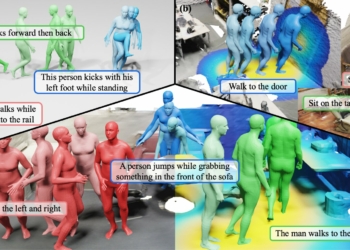We use a lot of tools in our everyday lives. Some of them can be outright dangerous, if used incorrectly.
Table saw is a very good example of such equipment. Blades of these machines usually run in the range of 3000 to 4000 RPM (revolutions per minute), and therefore they efficiently cut through most of relatively hard materials, such as wood or plastic, in some cases even stone.

Sawstop devices are extremely important for the safety of table saw operators. Image credit: Pxfuel, free licence
Human body is much less physically resistant compared to wood, so naturally it is particularly dangerous to place your hands or fingers anywhere close to the blade, even when it is not running.
To increase safety, all modern and certified table saws use protective add-ons such as blade guards, splitters and anti-kickback pawls, riving knives, push sticks. Also, the most advanced machines include sensors coupled with automatic brakes, sometimes also called sawstops.
The principle of operation is simple but proven: most of materials processed with a saw are poor electrical conductors. But our body is. However, in order for this sensor to act, finger or hand must come into a contact with the saw. So, would this automatic brake react in time to prevent serious injury? The following video provides a visual demonstration:















